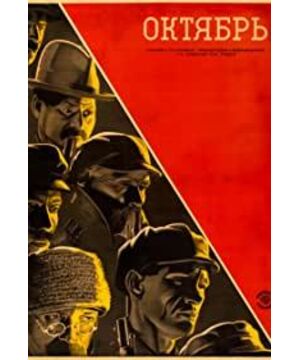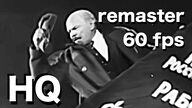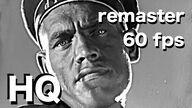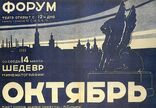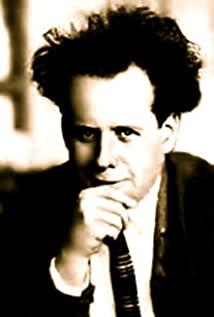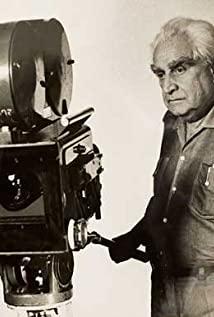Explanation of the passage "The Bridge Rises":
In my opinion, this passage represents an extraordinary extension of time, especially the moment when the bridge opens. This paragraph is dominated by repetition and temporal elongation of this particular moment. Its composition principle is to cross-cut two micro-events together, with a metaphor inserted in the middle as a transition.
Two events were the raising of the bridge and the sacrifice of a Bolshevik to save the red flag. As the bridge rises, we see a dramatic metaphor: a woman, or more precisely this woman, with her hair hanging down the bridge, while a horse plunges into the river near where the bridge splits. In this way, Eisenstein creates a symbolic identity between the horse and the woman, which breaks down the rigid structure of the narrative.
The insertion of another narrative thread—the banner of rescuing the Communist Party and the Bolshevik who died at the hands of a group of women and old men—connects the symbolism and salvation of the bridge raised. This offensive structure depicts the class relationship between the bourgeoisie and the proletariat, proving that the bourgeoisie is senile and delicate.
The climax of the passage—the cross-cut of falling horse, flag-throwing, and Pravda's "submerged"—is concentrated in a set of shots that intertwine two narrative threads in different but similar spaces . Immediately after the fall of the warhorse and its splash, it cuts into the waves that drown the Bolshevik. Form a deep connection created by cross-cutting. But the cut point is not the similarity of the action, but the meaning implied by the contrast of the two. What does this ideological metaphor mean?
--Nick Brown, A History of Film Theory
View more about October (Ten Days that Shook the World) reviews


